一探龍山寺 / Explore Longshan Temple
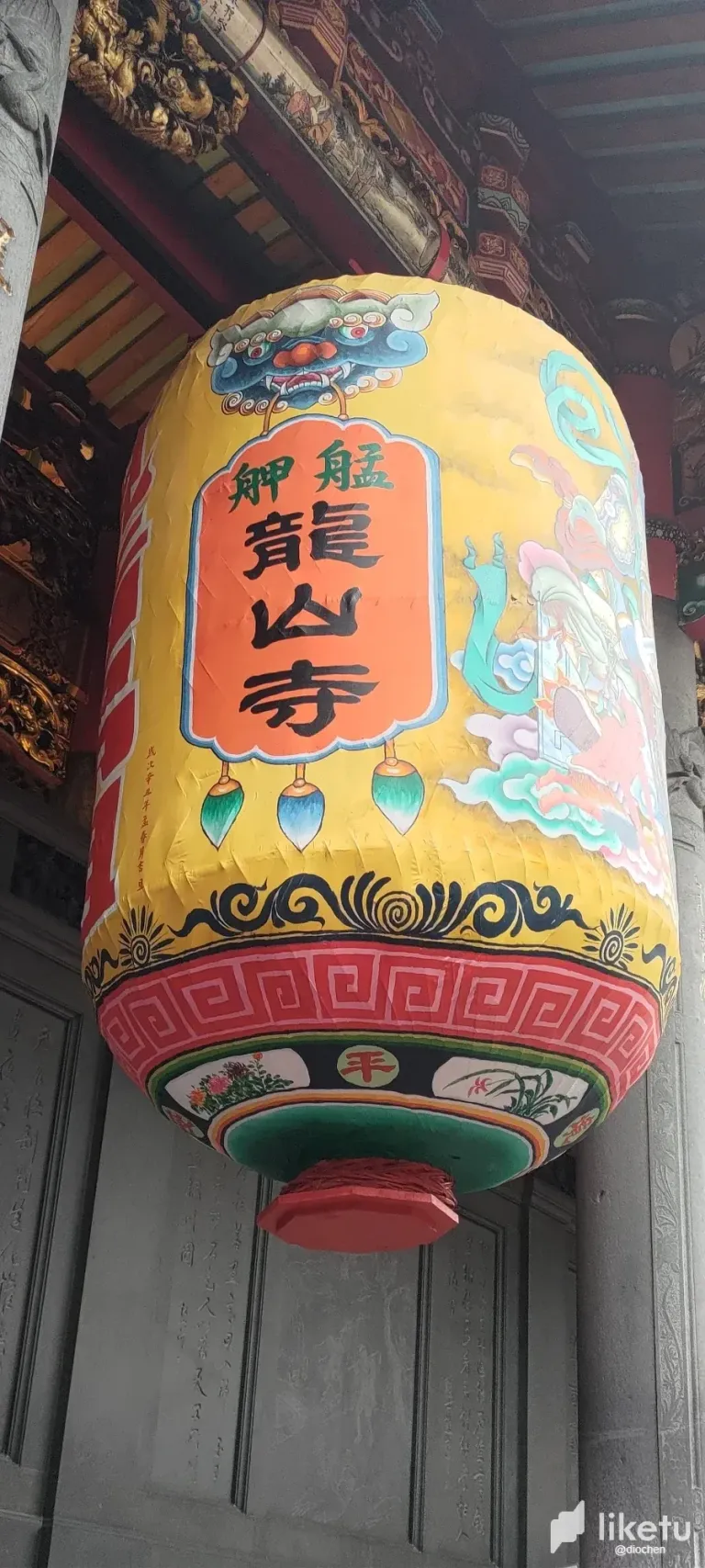
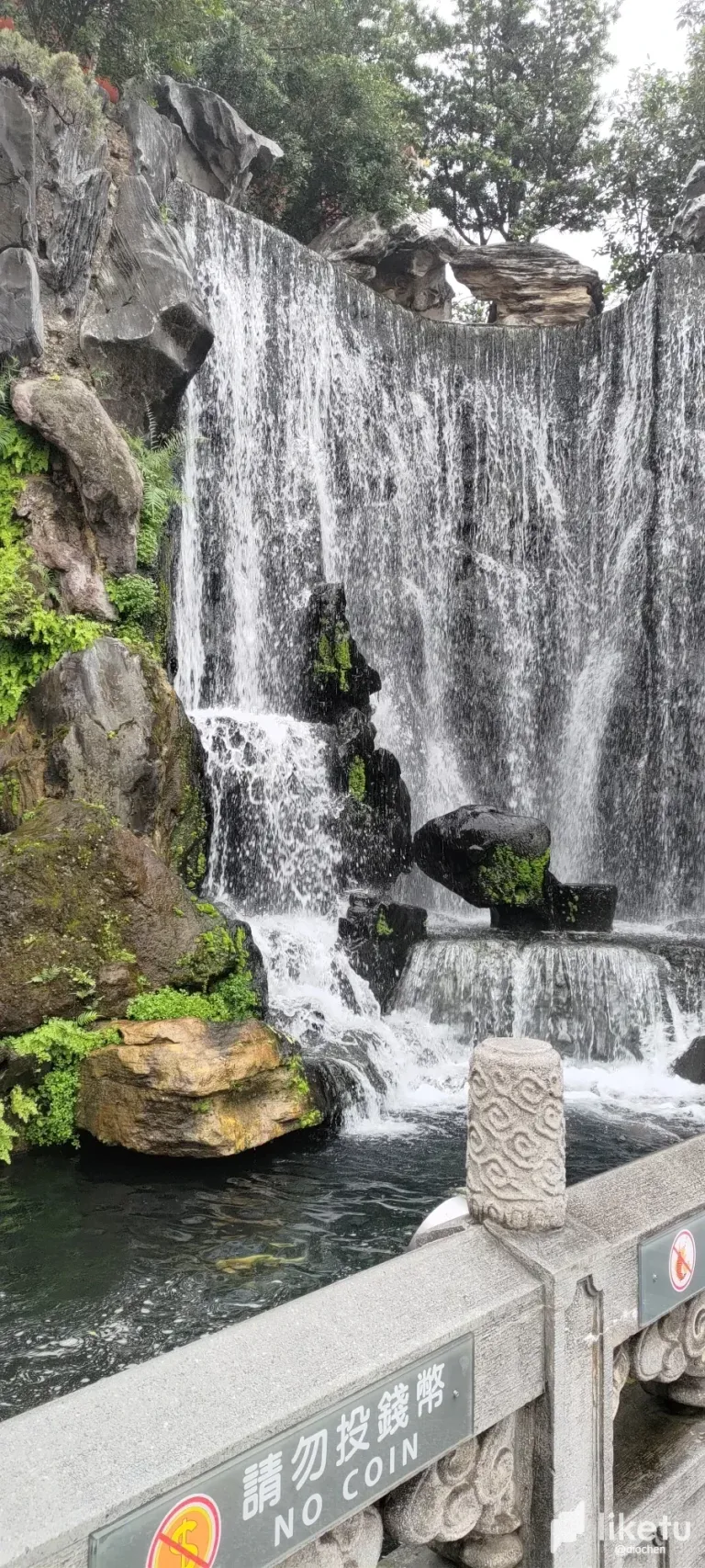
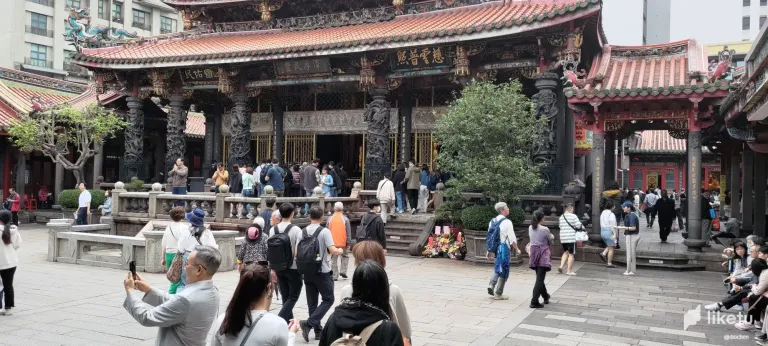
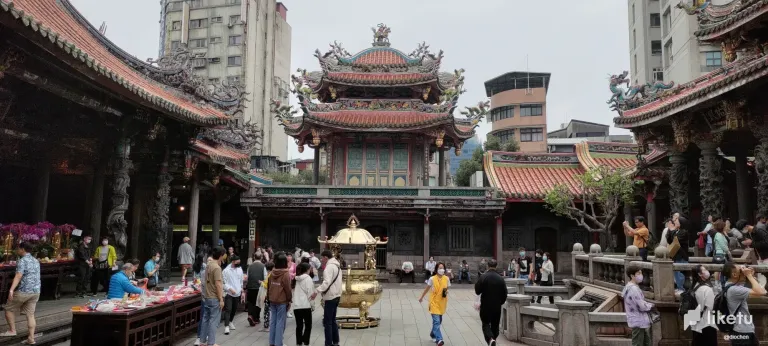
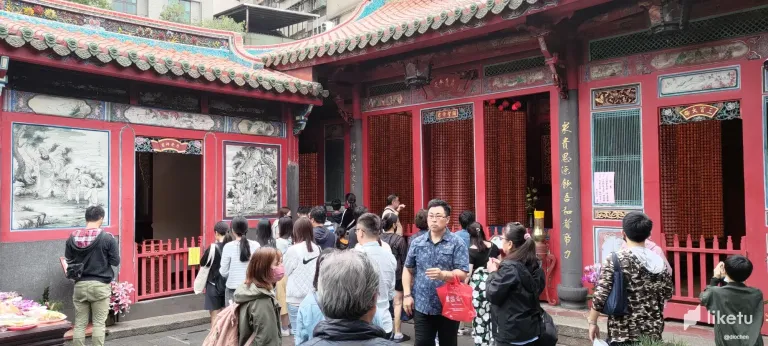
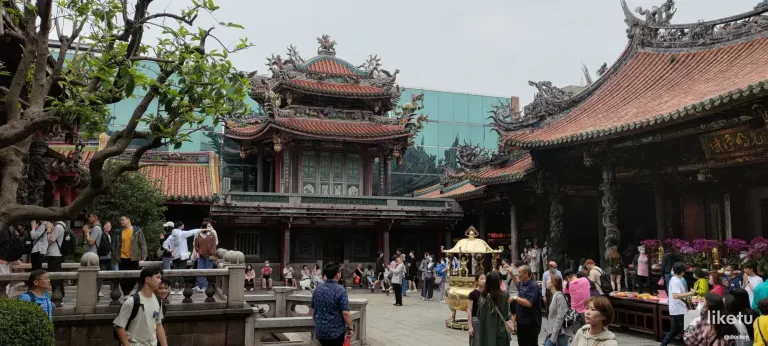
日前一位久未連絡的日本友人要到台灣旅遊,為此,這位日本友人特別要我推薦一些景點,其實,我也沒常到處旅遊,我知道的就是那些經典景點,較新的網紅景點,我真的不熟,不過,他特別提到要到台北第一の名刹「龍山寺」看看,我還未曾聽過,有人提過龍山寺是台北第一名寺這種說法,因為台北是有多所有名的廟宇,如台北霞海城隍廟等,但是我沒想到,龍山寺對某些日本人那麼有吸引力,排名居然有那麼高,為此,我特地去網路上查一下龍山寺相關資料,一查才知道,原來台灣從北到南總共有五所龍山寺,分別是落在艋舺、淡水、鹿港、台南、鳳山五地,都是自福建晉江安海龍山寺分靈而來,不過,我也只知道艋舺的龍山寺。
某天路過龍山寺時,因為剛好有空,動心轉念下,決定踏入龍山寺的大門看看,因為已經很多年沒去過龍山寺了,我對龍山寺已經很陌生了,當我踏入龍山寺的大門時,就發現裡面的信眾不少,很多都不是華人,因為他們使用我所不熟悉的語言,看來,真的有不少觀光客過來龍山寺朝聖,龍山寺的建築極具中國傳統風格,飛檐翹角、琉璃瓦和精美的雕刻無不展現著古老而莊嚴的氣息,龍山寺的前庭結合著假山流水,流水潺潺、假山峰巒起伏,為龍山寺增添獨特的景觀,不但吸引遊人們的目光,也提升庭院的美觀度。
雖然龍山寺外就是城市鬧區,總是人來人往,車水馬龍,但當進入龍山寺後,就會感到放鬆和安詳,因為龍山寺的建築設計巧妙地利用了空間和景觀,使得寺廟內部保持寧靜。高牆和古樸的建築風格將外界的喧囂隔絕在外,讓人們在進入寺廟後能夠立刻感受到一種祥和安詳的氛圍,龍山寺的宗教氛圍也是鬧中取靜的重要因素之一,當周遭的人們都在虔誠祈禱或是尋求心靈寄託,在這種氣氛下,人會思緒放慢,較容易靜下心來,感受自身的需求,並正向回應己身。
從龍山寺的龍門進入,看到正殿不少的信眾在雙手合十祈禱,龍山寺已經停止供香,倡導透過獻花及雙手合十參拜的方式,以因應對於日漸重視的環保問題,解決燃香所帶來的空氣汙染,傳統上,線香是人跟神明聯絡的橋樑,不過,心意應該重於形式,改變總是痛苦的,但是,還是要做對的事情,我沿著周邊走道,一路走下去,經過了華陀殿,文昌帝君殿,對了,我好像有來龍山寺,祈求考運,以獲得考運的加持過,就是因為這裡有供奉文昌帝君,沒想到龍山寺也有供奉月老,不過,相較以下,人們比較常去霞海城隍廟拜月老,在求籤處看到不少人求籤後,在找尋解籤老師。以求的講解,我最後,再從虎門離開,可以感受到,這些年來,傳統的寺廟文化,也紛紛在做轉型,因應年輕世代的需求,我也不應該,總是以老思維看事情,應該主動學習新事物,努力跟上新時代。
Recently, a long-lost friend from Japan mentioned that they're planning a trip to Taiwan and asked me for some recommendations on places to visit. Though I'm not much of a traveler myself and mainly know the classic tourist spots, as well as some of the newer trendy ones, I was surprised when they specifically mentioned wanting to visit Longshan Temple in Taipei. I hadn't heard of it before, and the idea that it holds such allure for some Japanese people and ranks high was intriguing.
Upon some online research, I discovered that there are actually five Longshan Temples throughout Taiwan, located in different cities like Mengjia, Tamsui, Lukang, Tainan, and Fengshan. They all originated from the Longshan Temple in Anhai, Jinjiang, Fujian Province. However, I only knew about the one in Mengjia.
One day, as I happened to pass by Longshan Temple in Taipei and had some time to spare, I decided to step inside and take a look. It had been many years since my last visit, and I found myself quite unfamiliar with it. Stepping through its gates, I noticed a considerable number of worshippers inside, many of whom were not Chinese, as they spoke languages unfamiliar to me. It seemed that Longshan Temple attracted quite a lot of tourists, too.
The architecture of Longshan Temple exudes a traditional Chinese style, with its upturned eaves, glazed tiles, and intricate carvings, giving off an ancient and solemn atmosphere. The combination of the temple's layout and the flowing water and artificial hills in the front courtyard creates a unique landscape that not only captures visitors' attention but also enhances the overall beauty of the temple grounds.
Despite being located in a bustling urban area, once inside Longshan Temple, one immediately feels relaxed and serene. The clever design of the temple's architecture effectively isolates the interior from the outside noise and hustle, creating a peaceful sanctuary within. The religious atmosphere within the temple also contributes to its tranquility. When surrounded by devout worshippers praying or seeking spiritual solace, one's thoughts naturally slow down, making it easier to quiet the mind and reflect on one's needs and aspirations.
Entering through the Dragon Gate of Longshan Temple, I saw many worshippers clasping their hands in prayer in front of the main hall. I learned that Longshan Temple had stopped burning incense and instead encouraged offerings of flowers and clasped-hand salutations to address the growing concern for environmental pollution caused by incense burning. Traditionally, incense served as a bridge between people and the gods, but it's the sincerity of one's intentions that matters most. Change can be painful, but it's necessary to do the right thing. As I walked along the surrounding pathways, I passed by the Hua Tuo Hall and the Wen Chang Emperor Hall. I recalled coming to Longshan Temple in the past to pray for academic success, as it enshrines the Wen Chang Emperor. Surprisingly, I also found an altar dedicated to the Matchmaking Deity, commonly known as the Matchmaker. However, compared to Longshan Temple, people often visit the Xia Hai City God Temple to pray to the Matchmaker. At the divination area, I saw many people seeking guidance through divination and then looking for experts to interpret the results. Reflecting on these experiences, I realized that traditional temple culture is undergoing transformation to meet the needs of younger generations. I shouldn't always stick to old ways of thinking but should actively embrace new things and strive to keep up with the times.
For the best experience view this post on Liketu
考大學的時候我有來拜過,後來提早申請到了學校,也帶其他要參加指考的同學來拜順便還願,不過我也並沒有太深的宗教信仰,就再也沒來過了。
龍山寺聽起來像是佛教的建築,卻拜了不少我以為是道教的神明,對於佛道神明我也是搞不太清楚。
其實,我也沒搞清楚過到底供奉了那些神明,不過,是一間非常有名的寺廟 😀